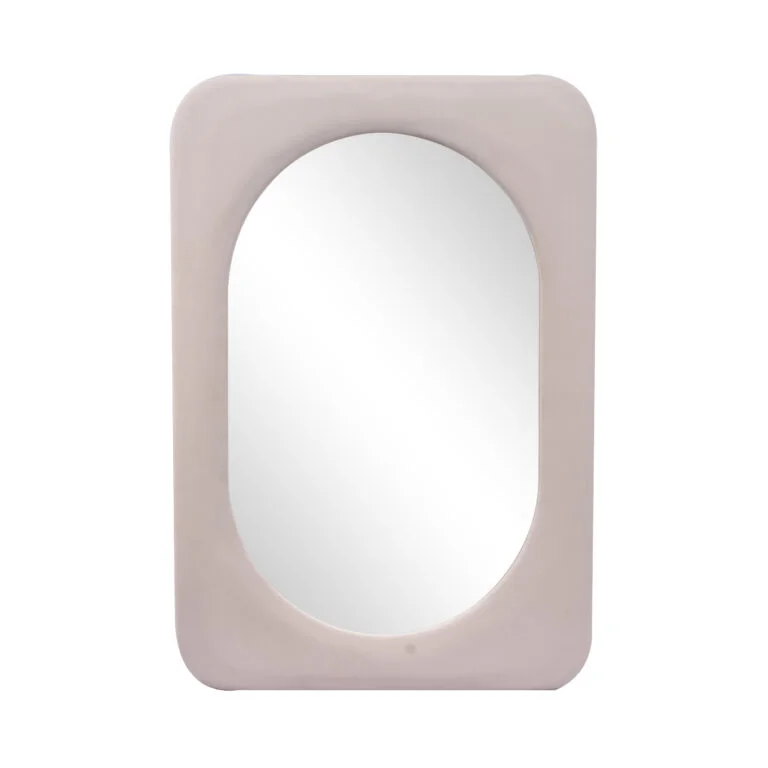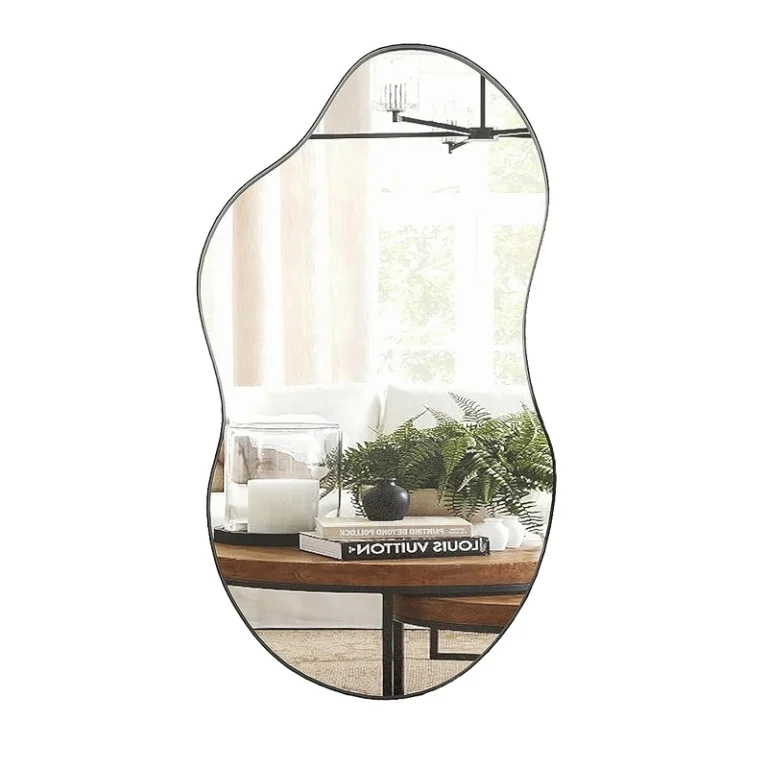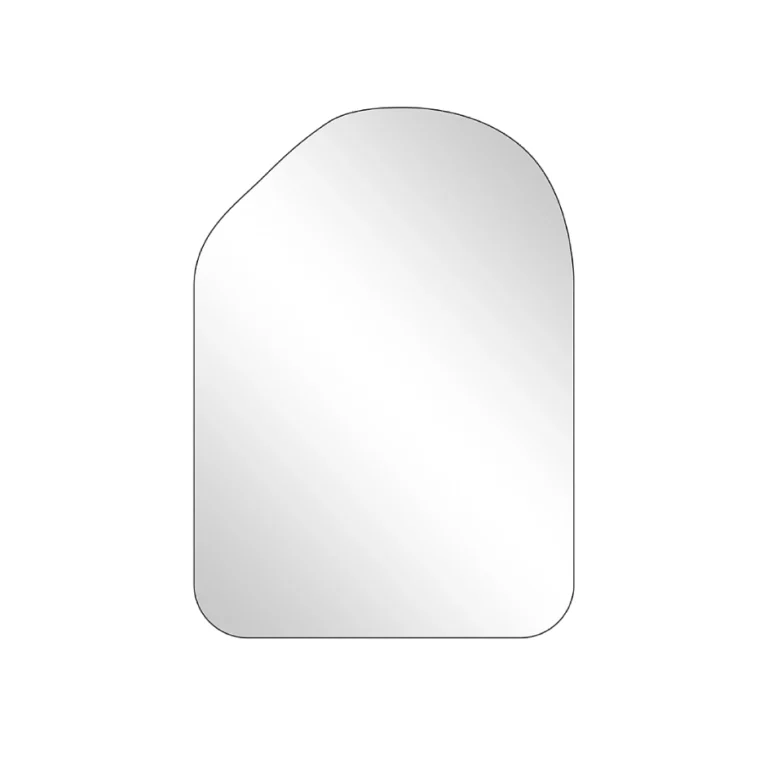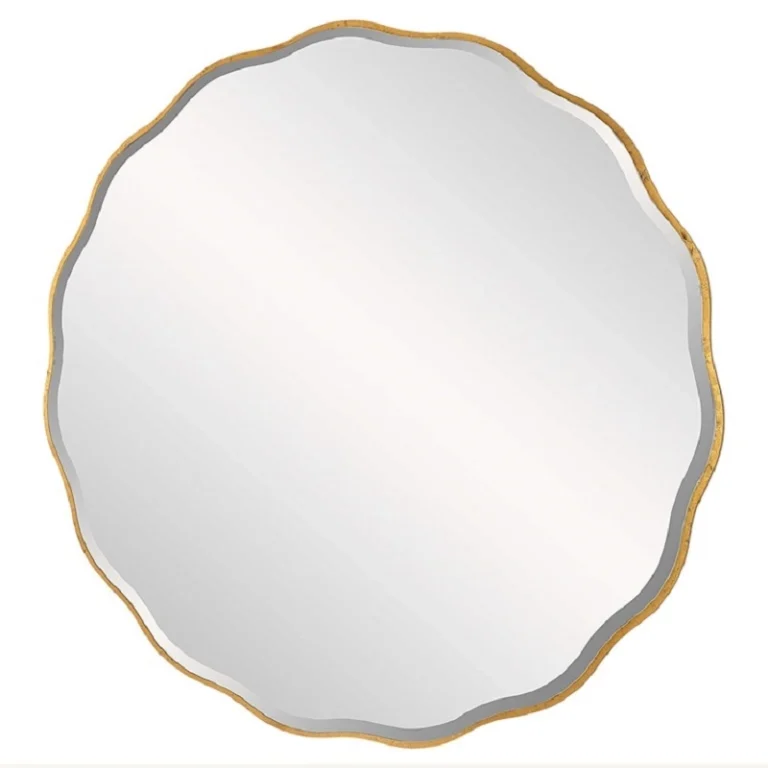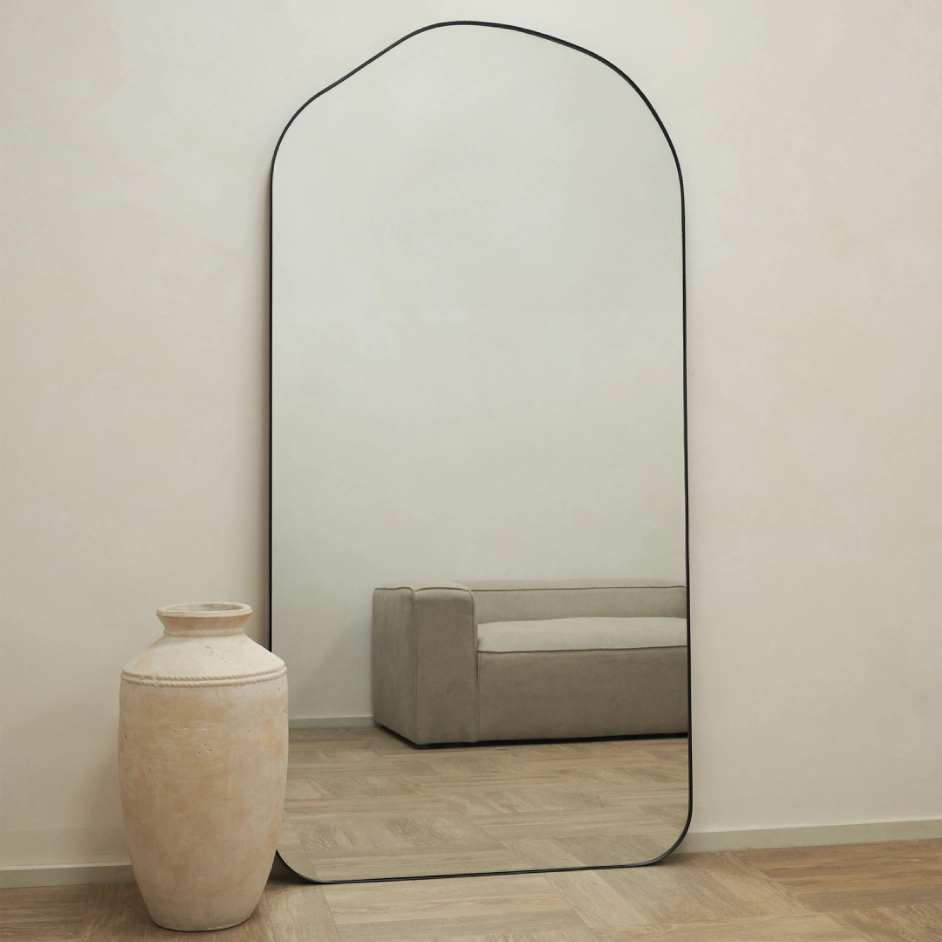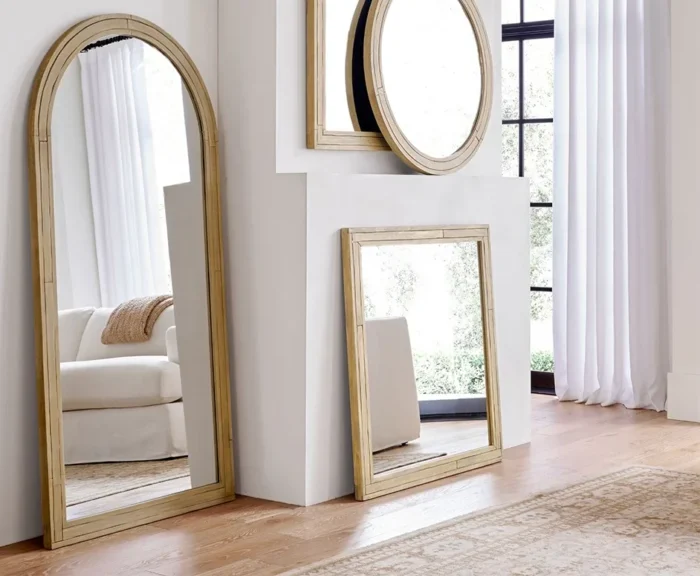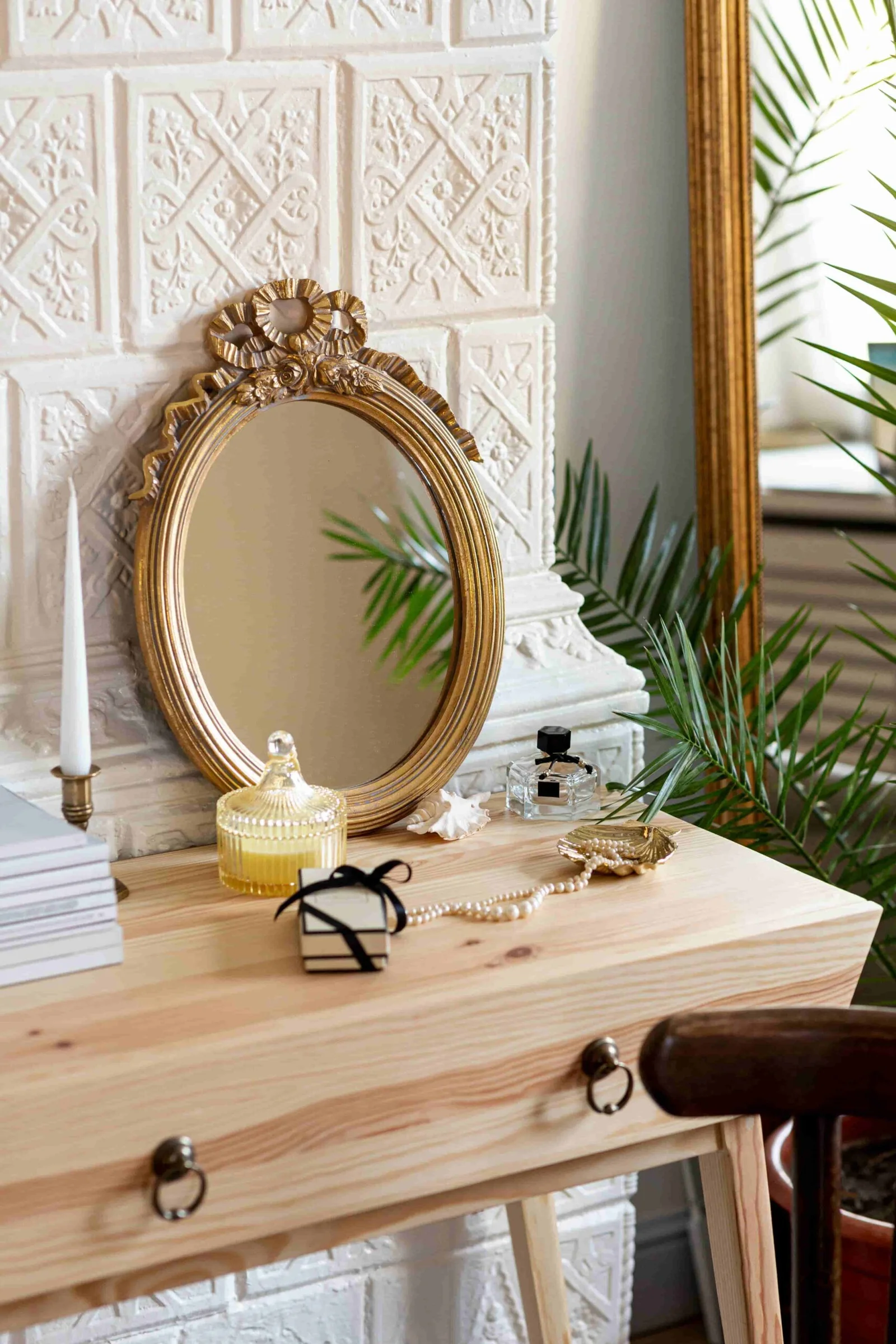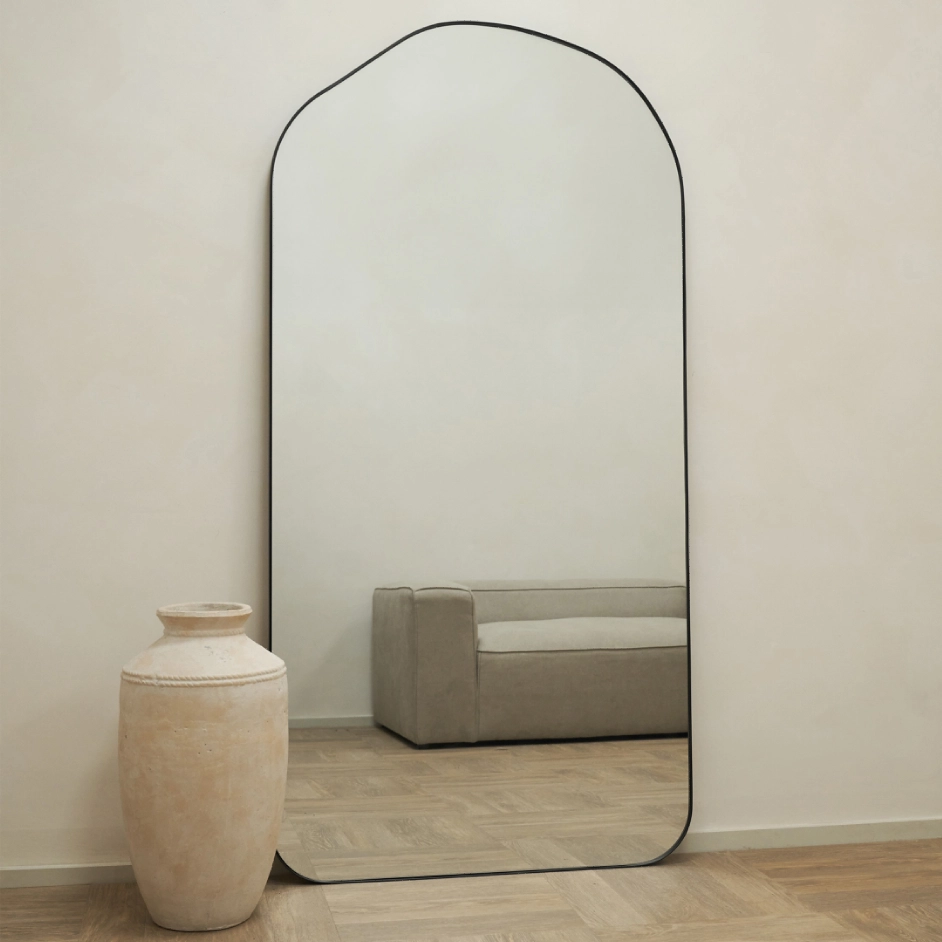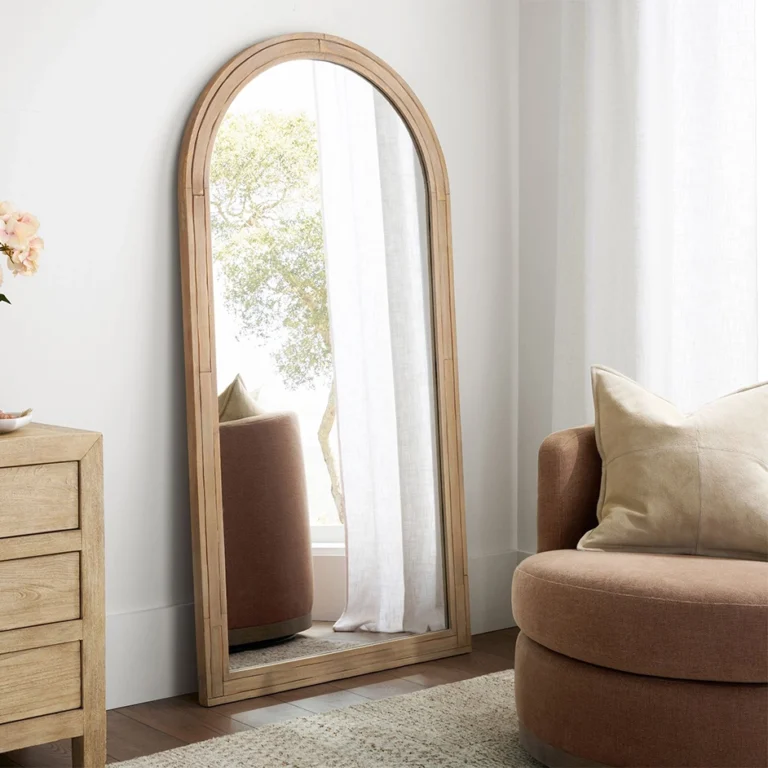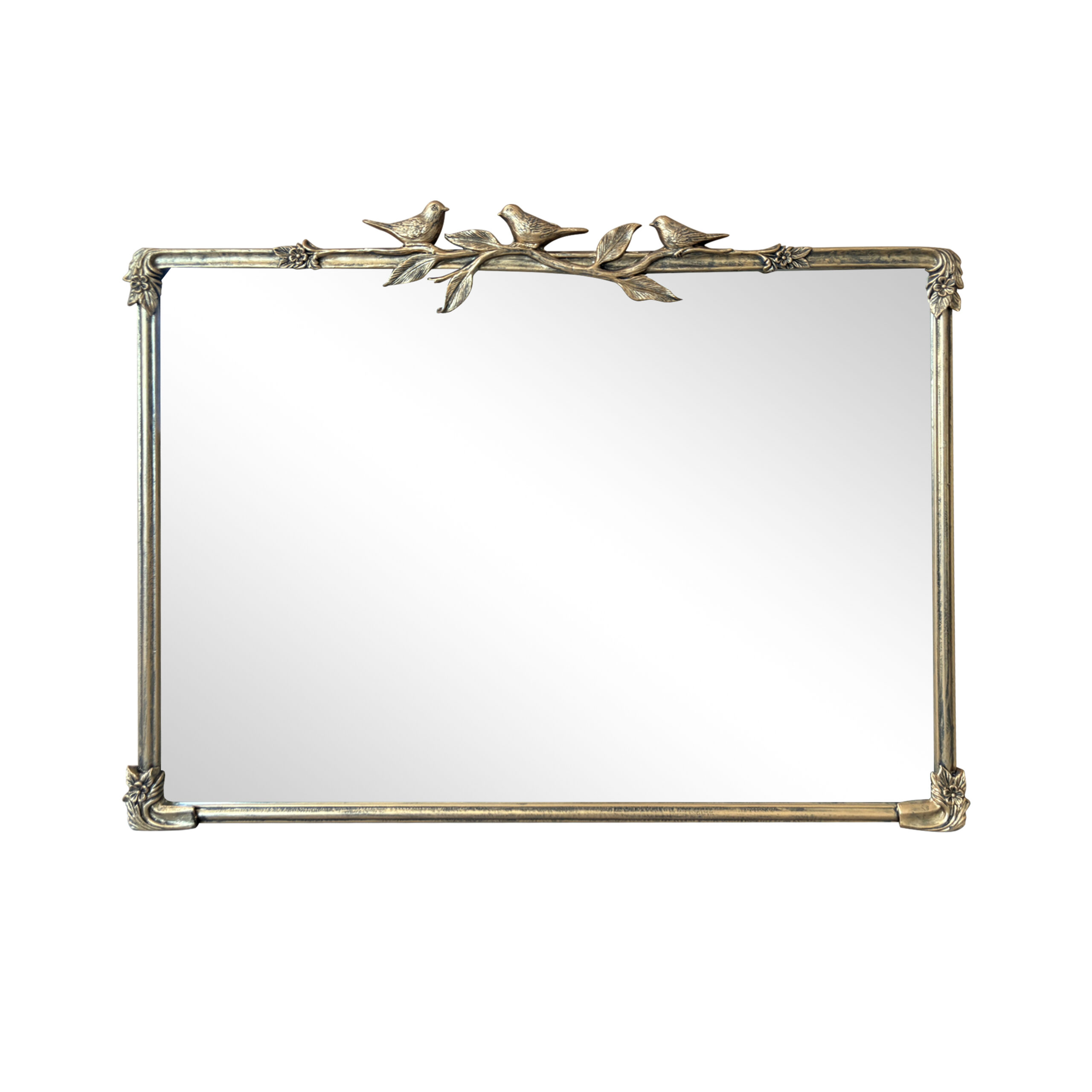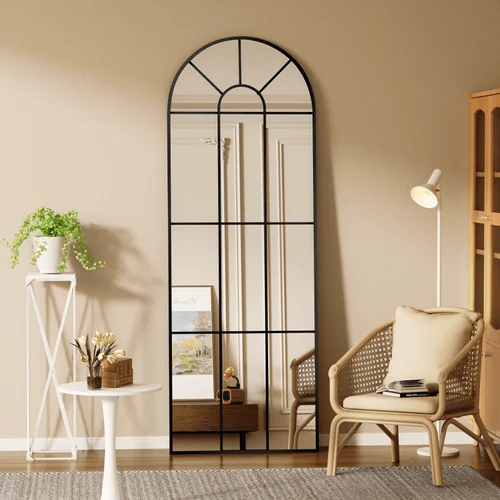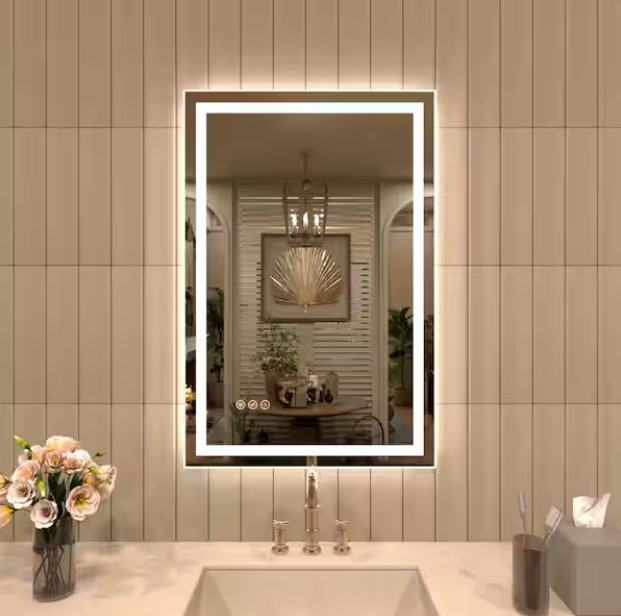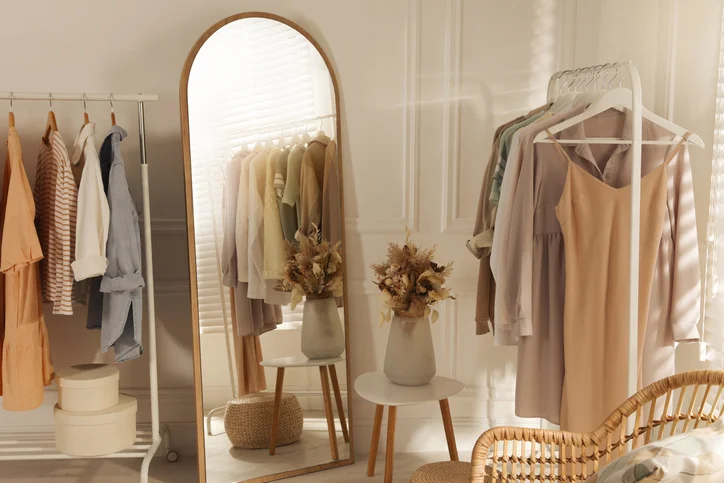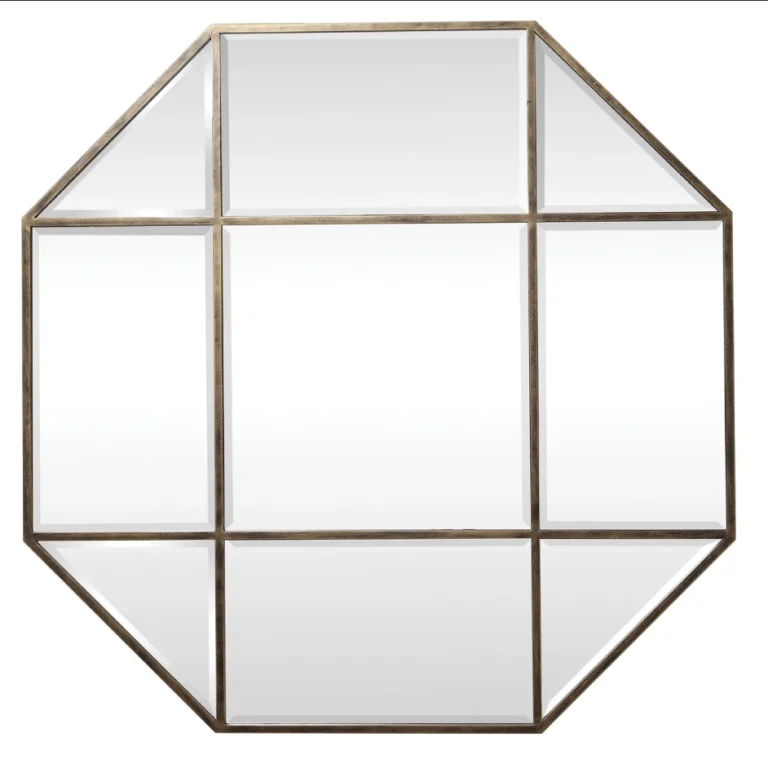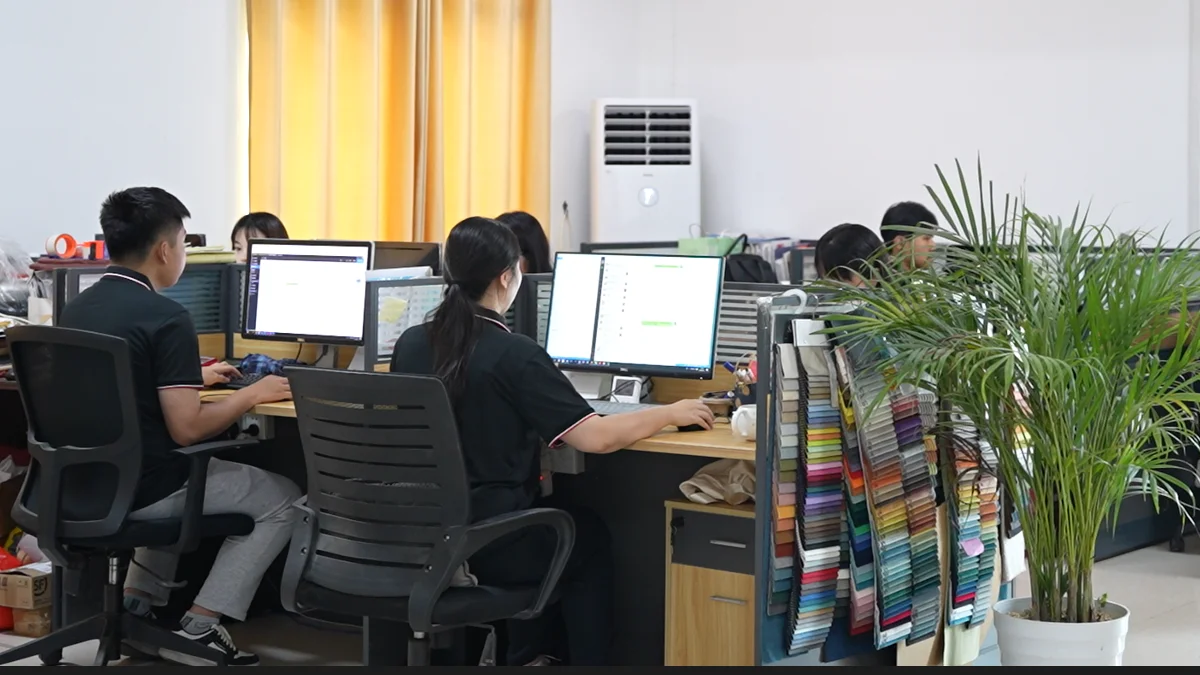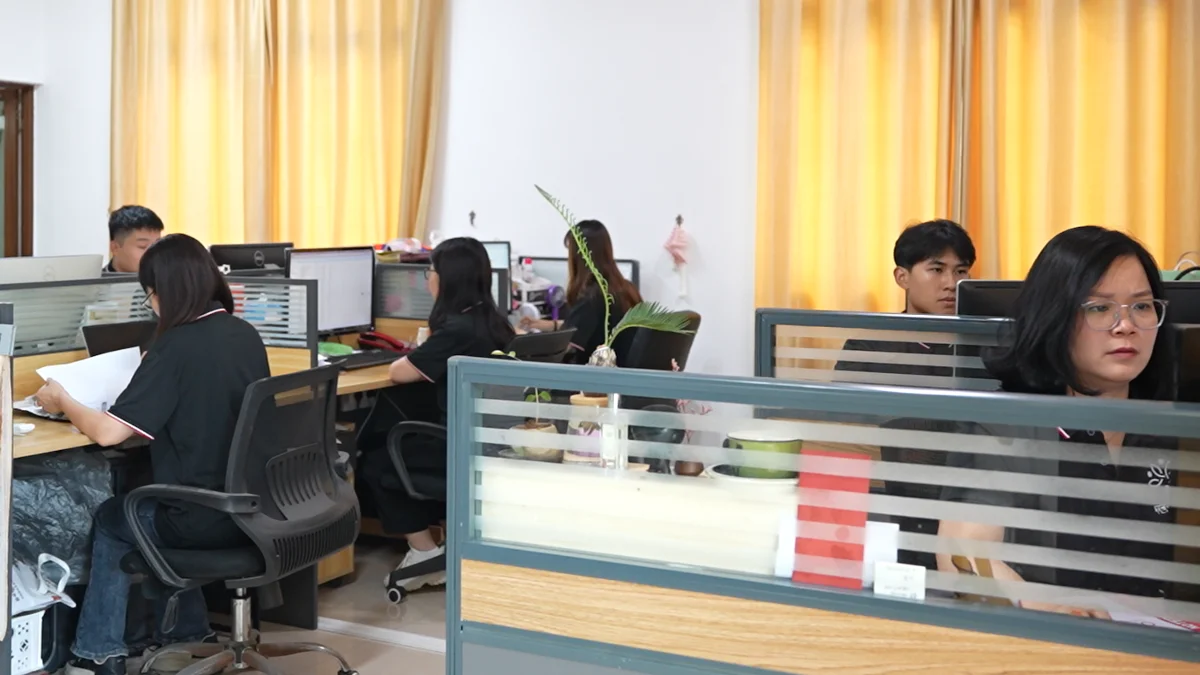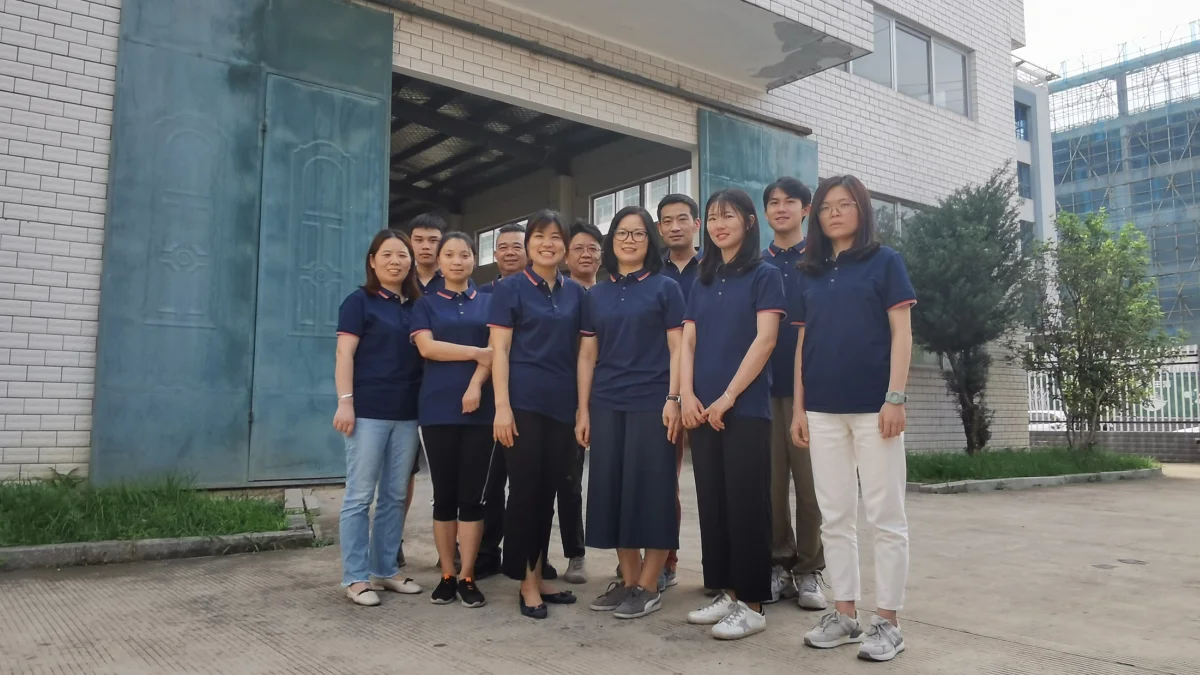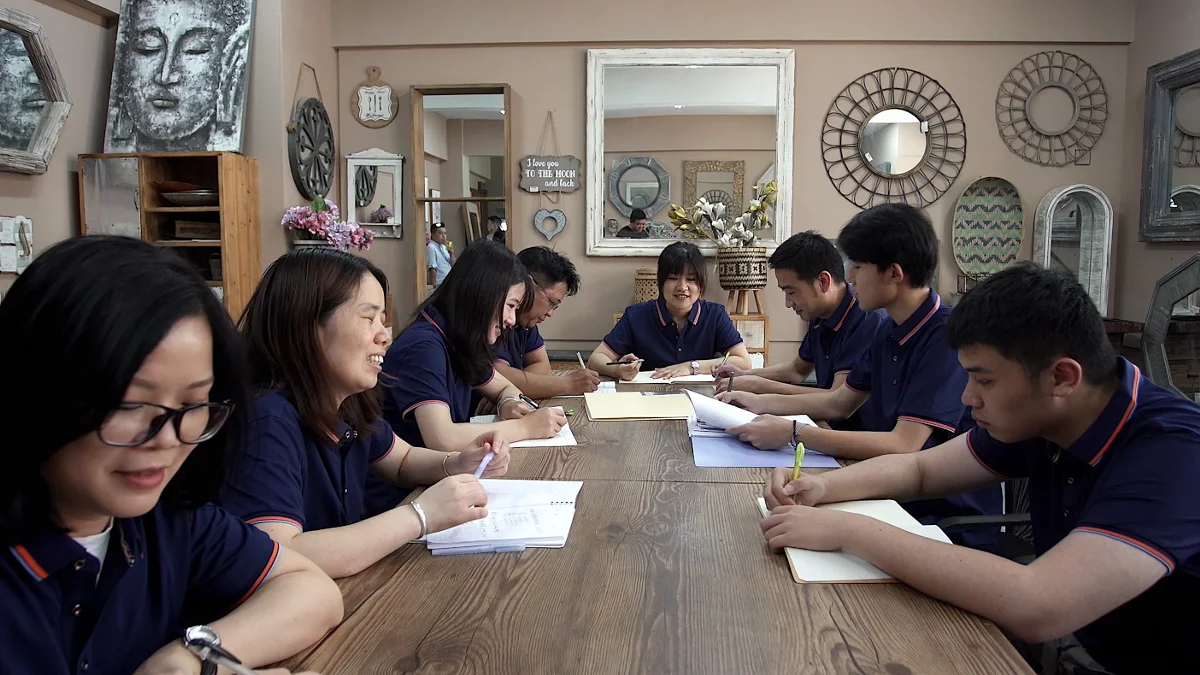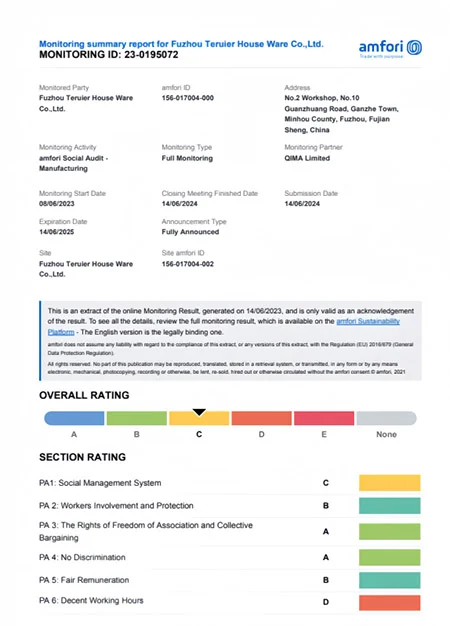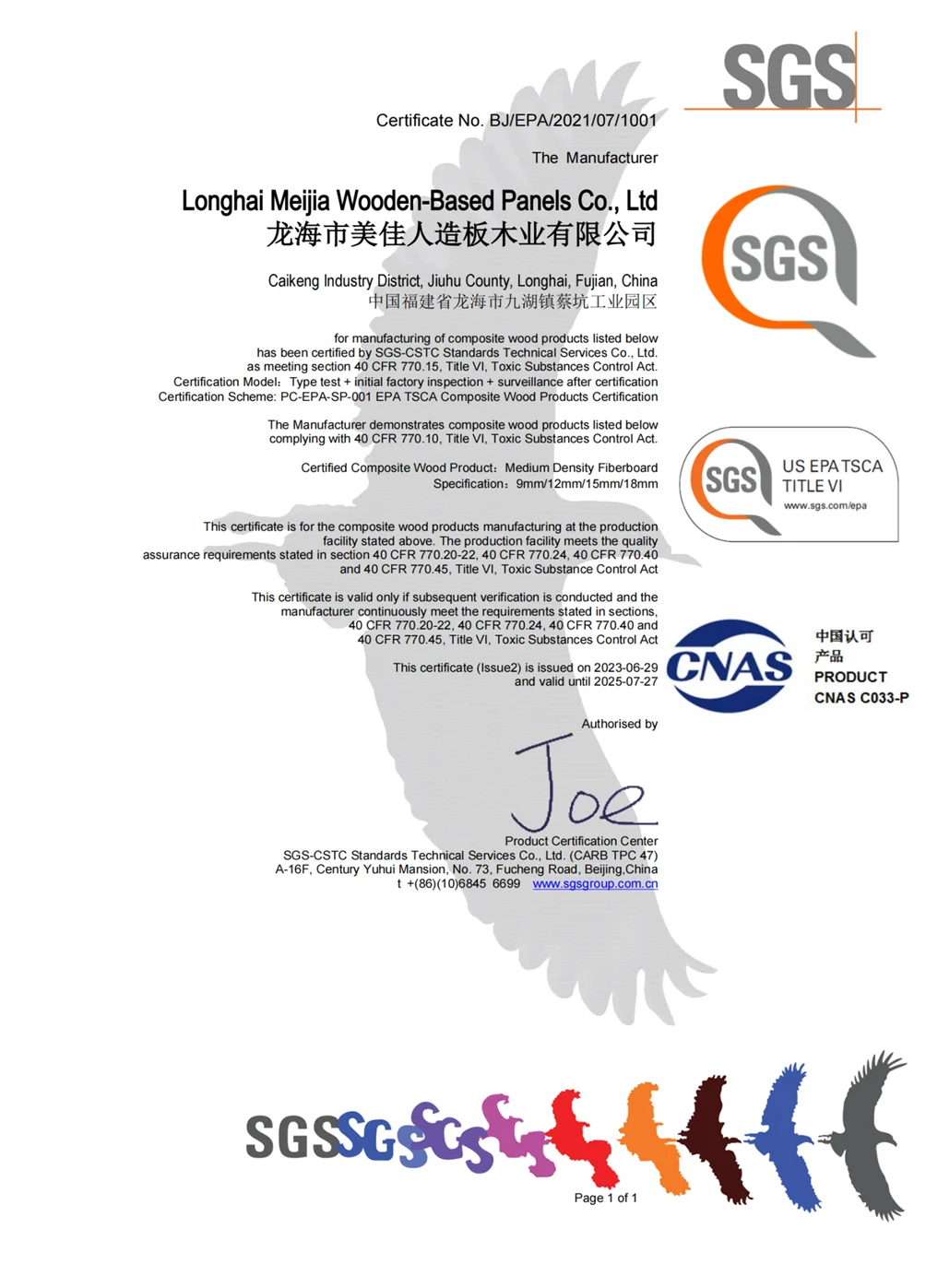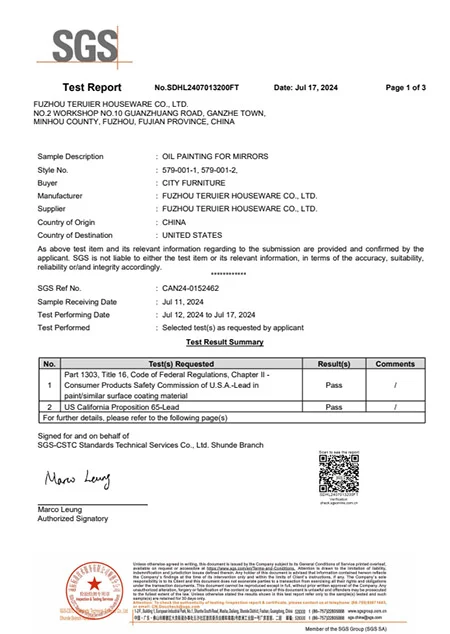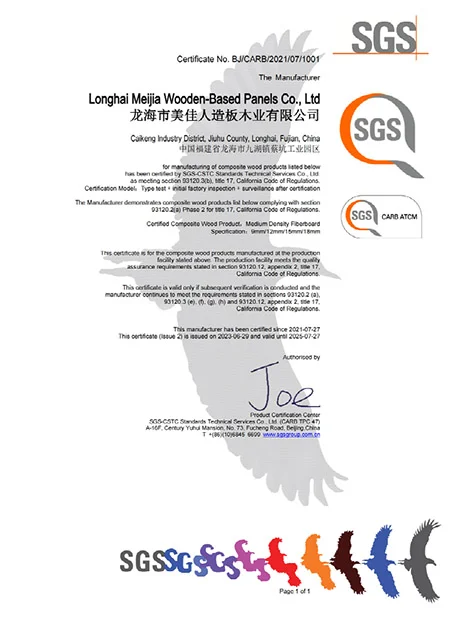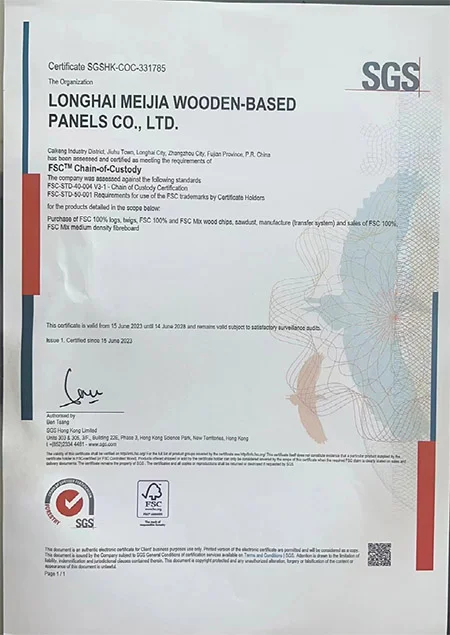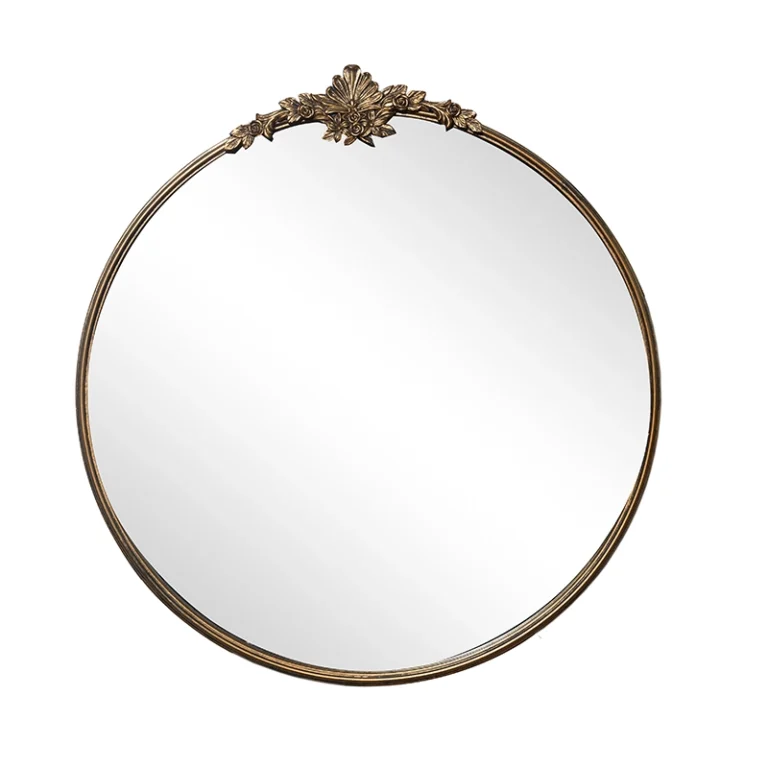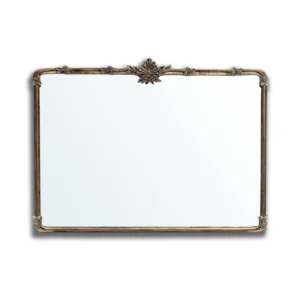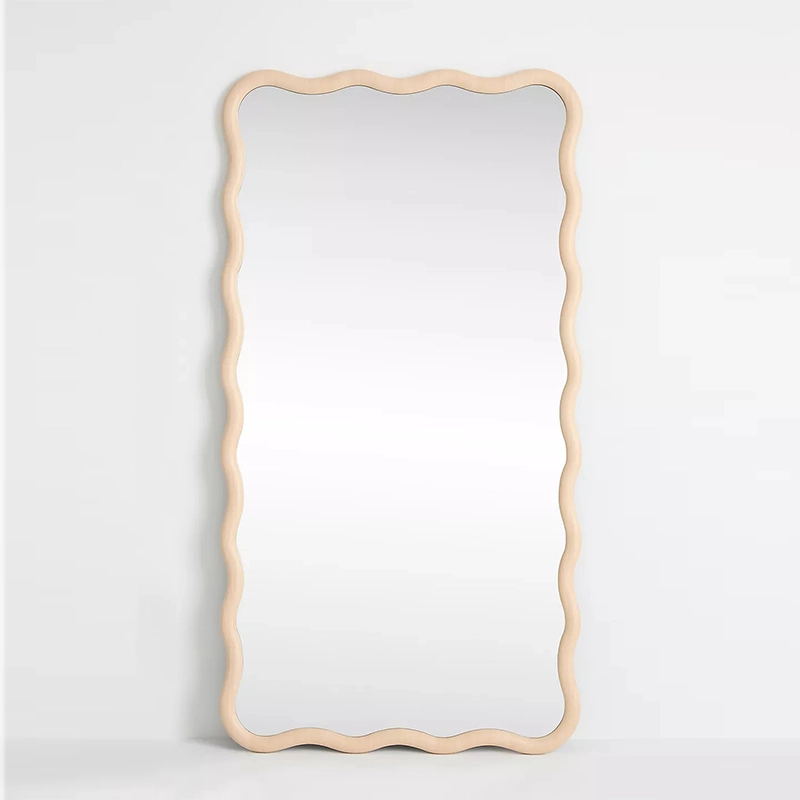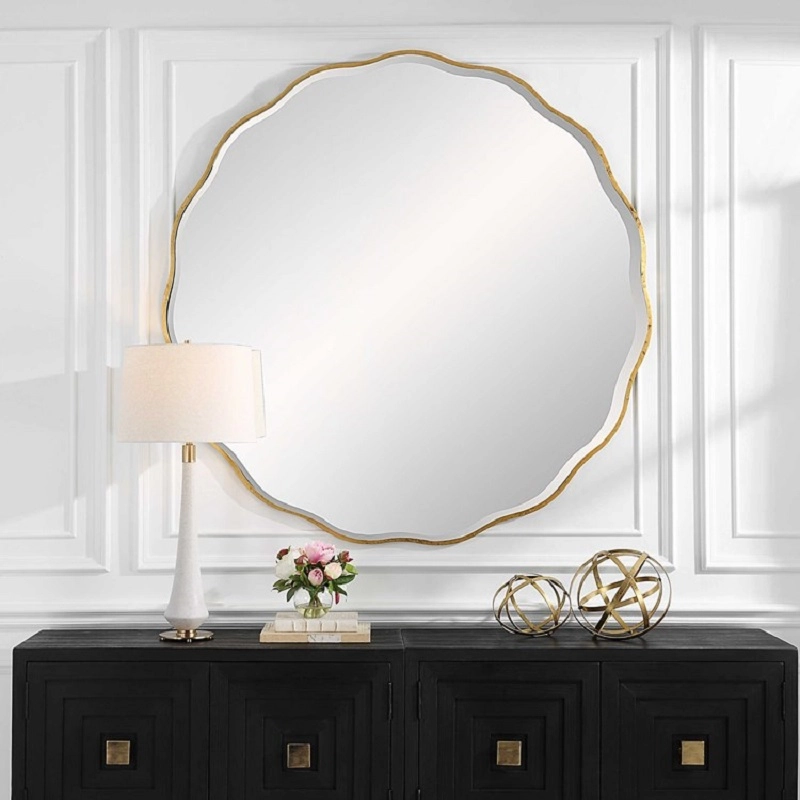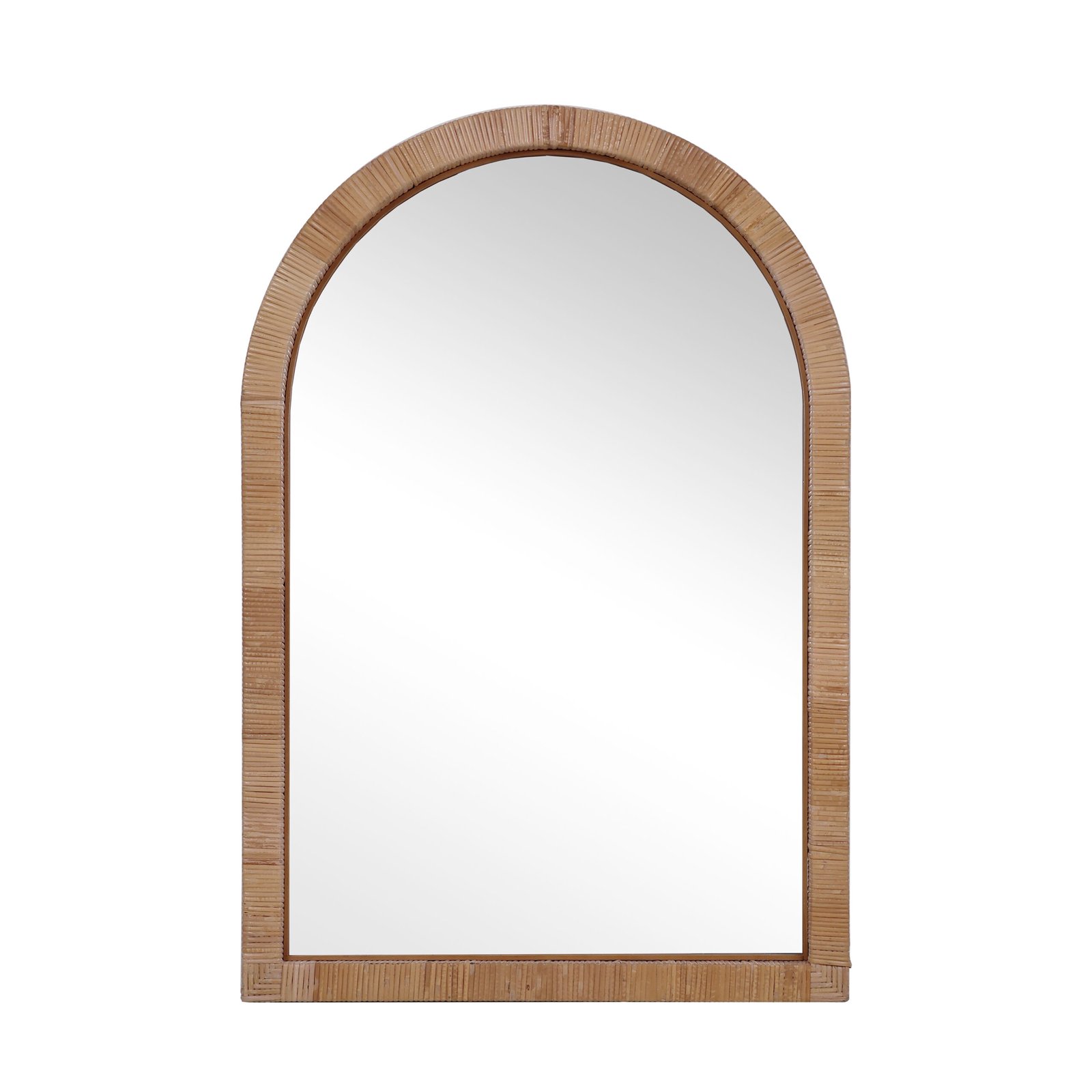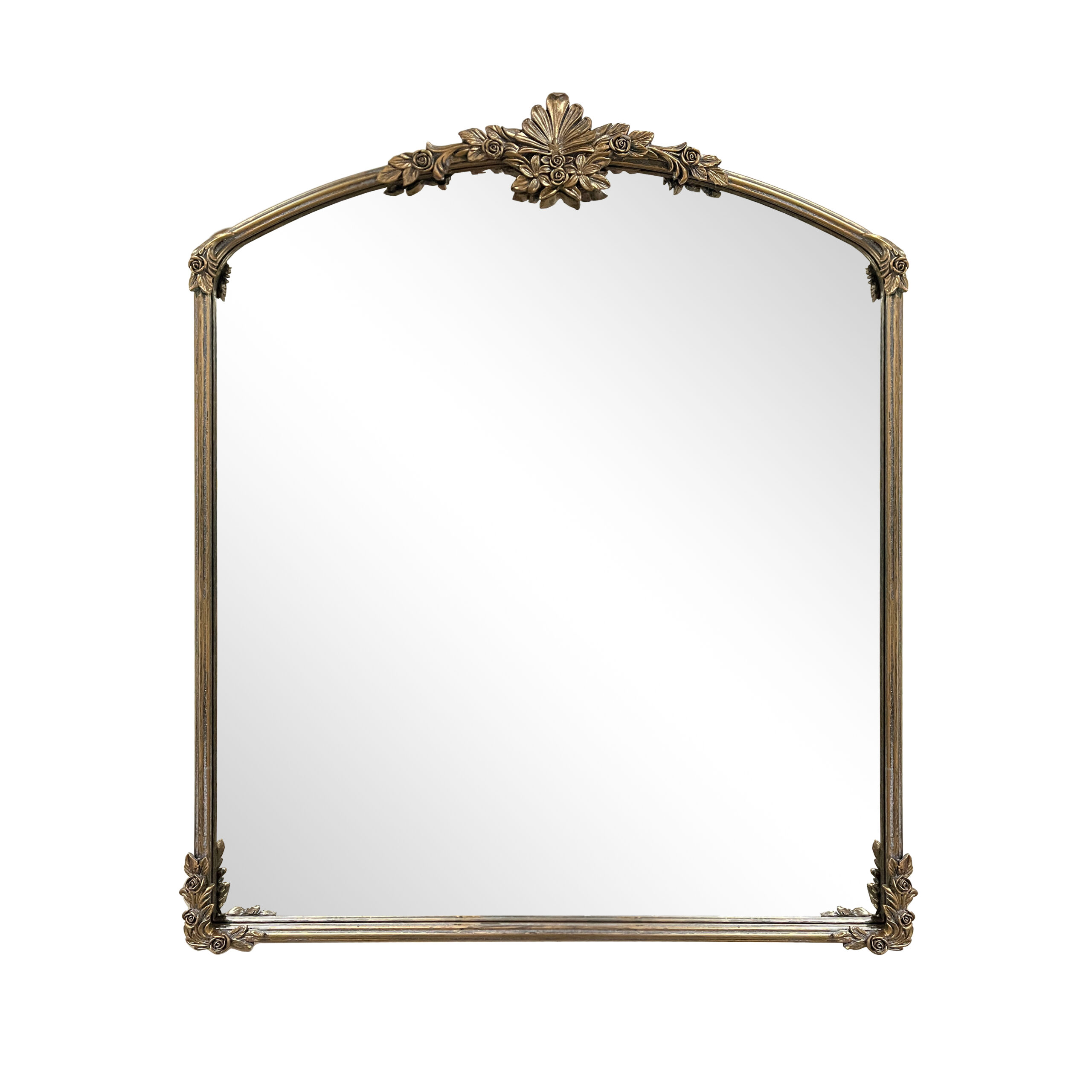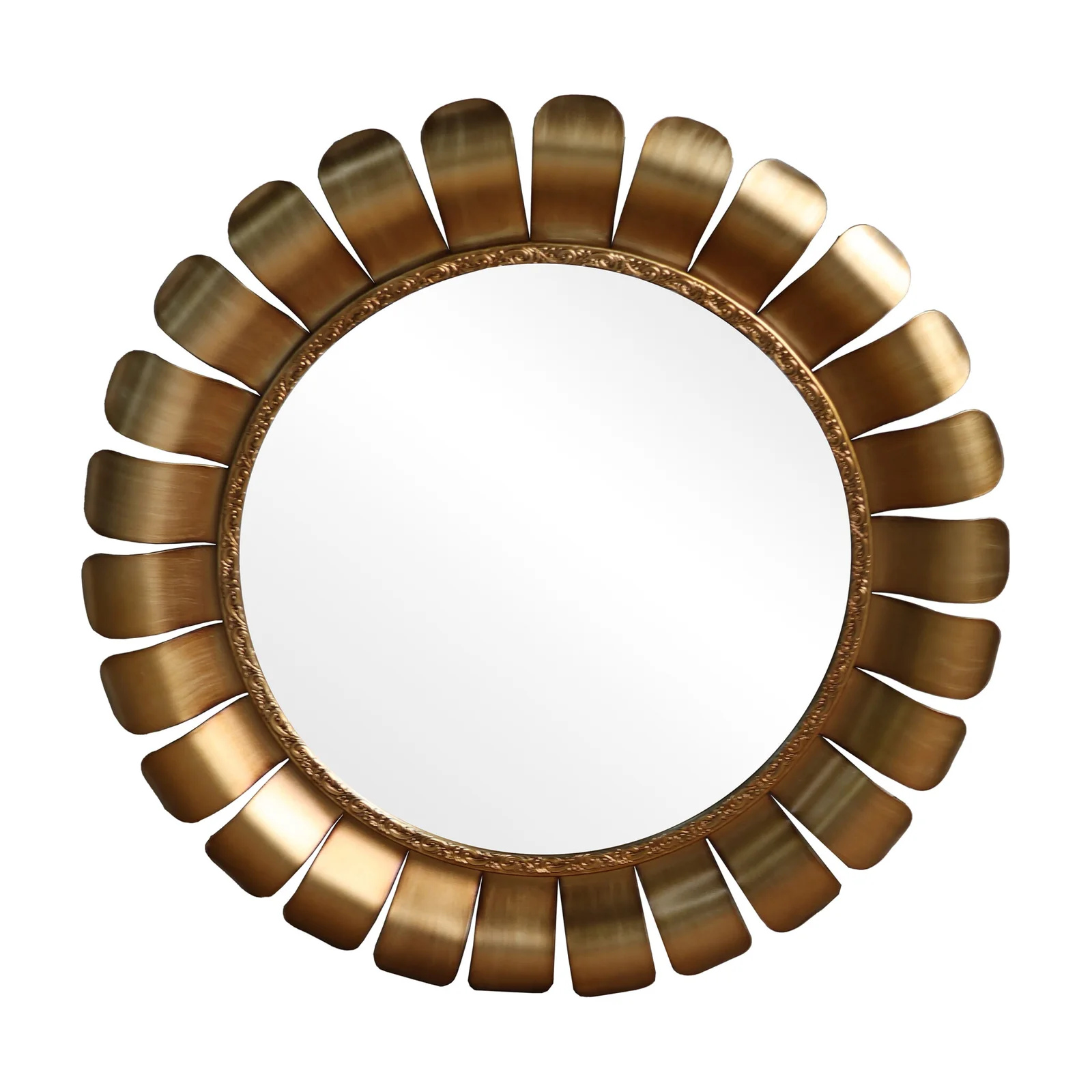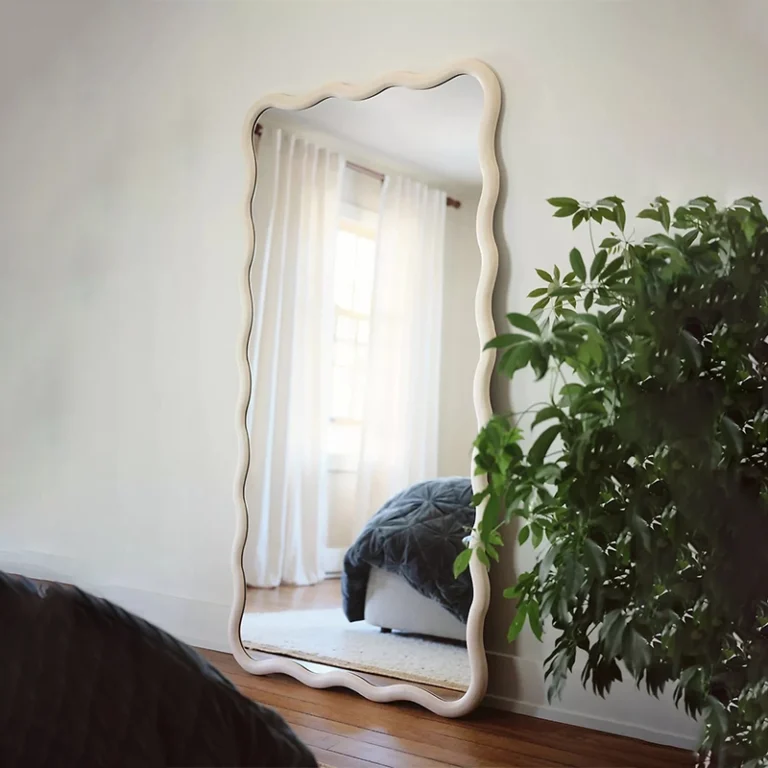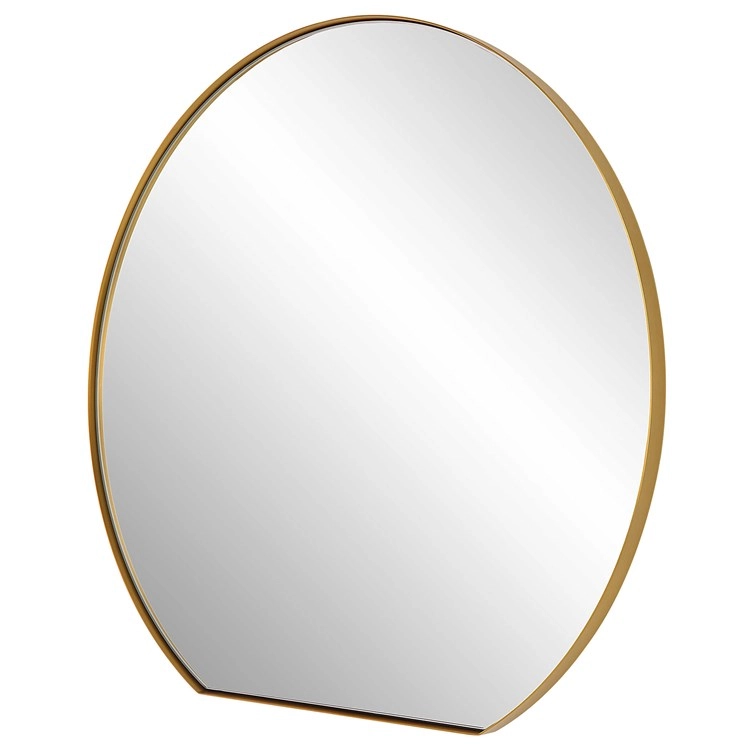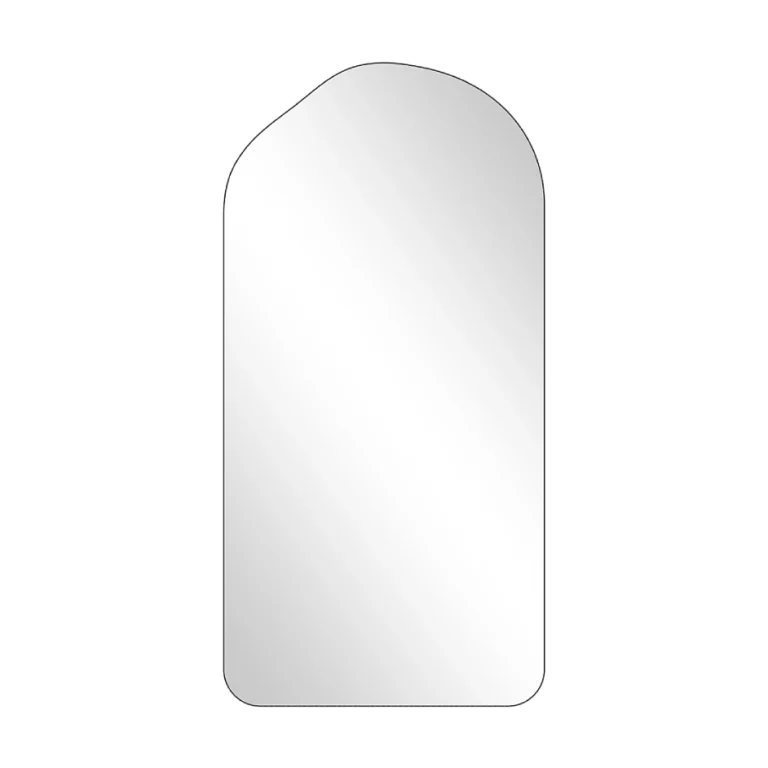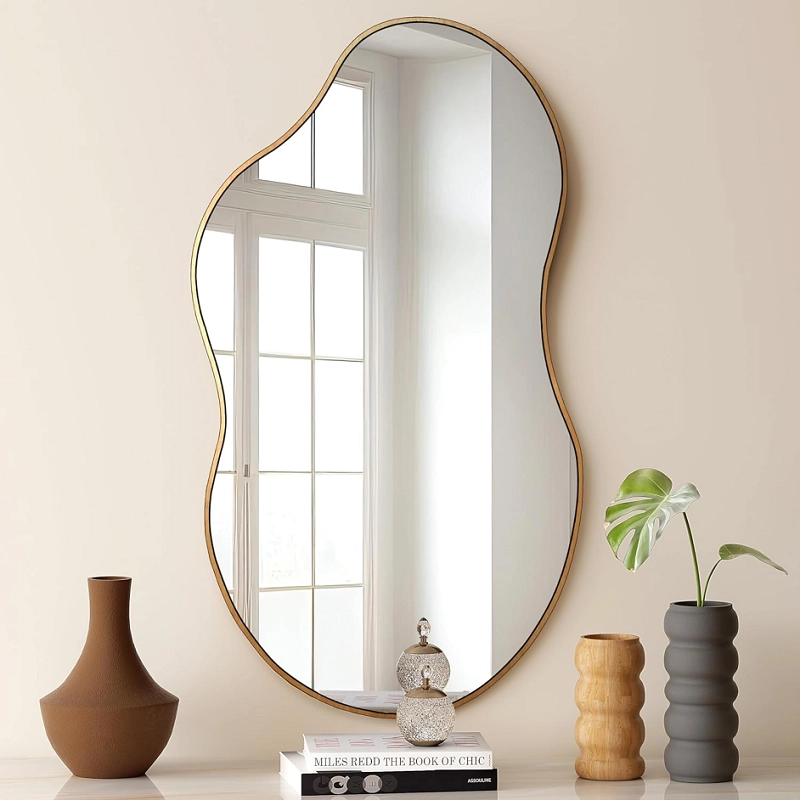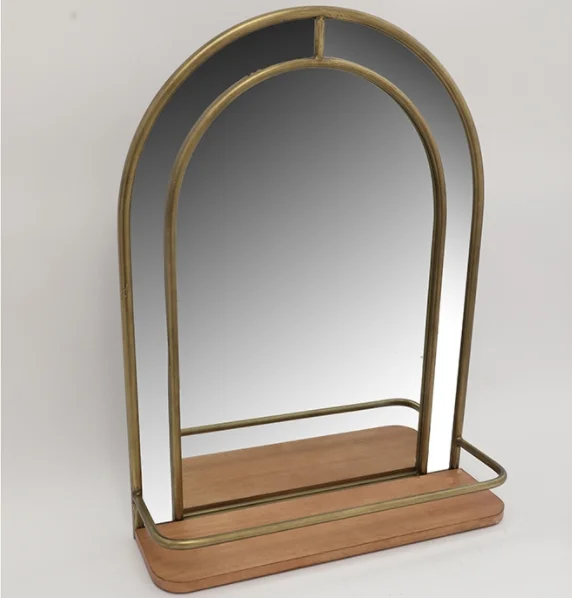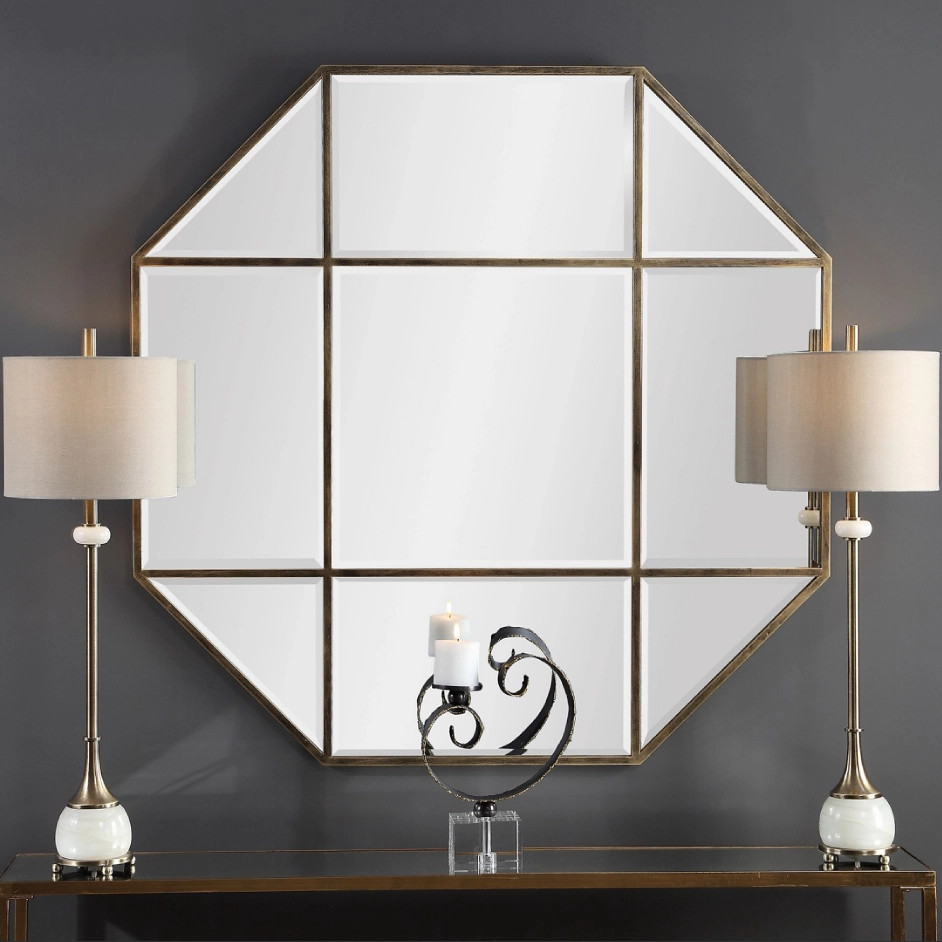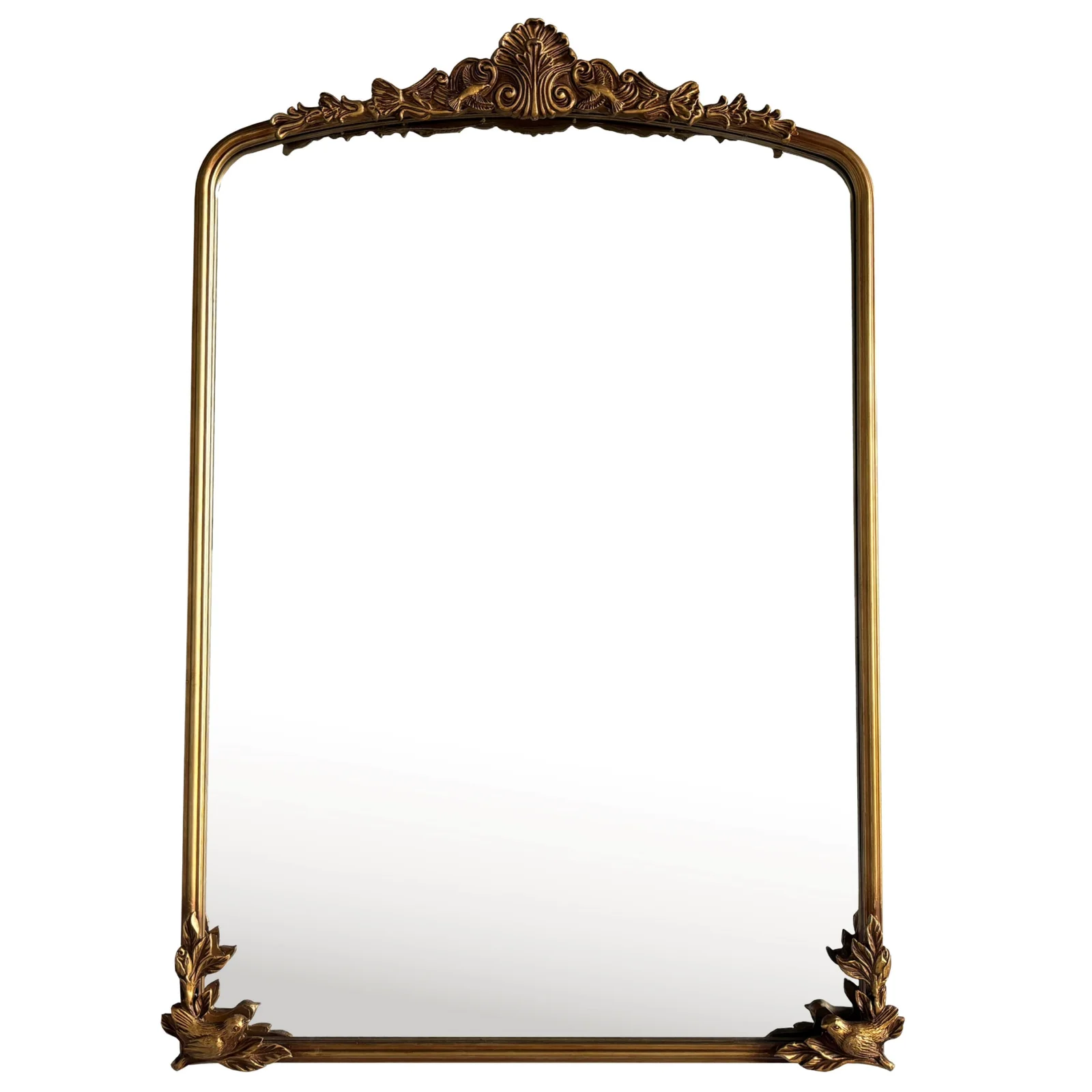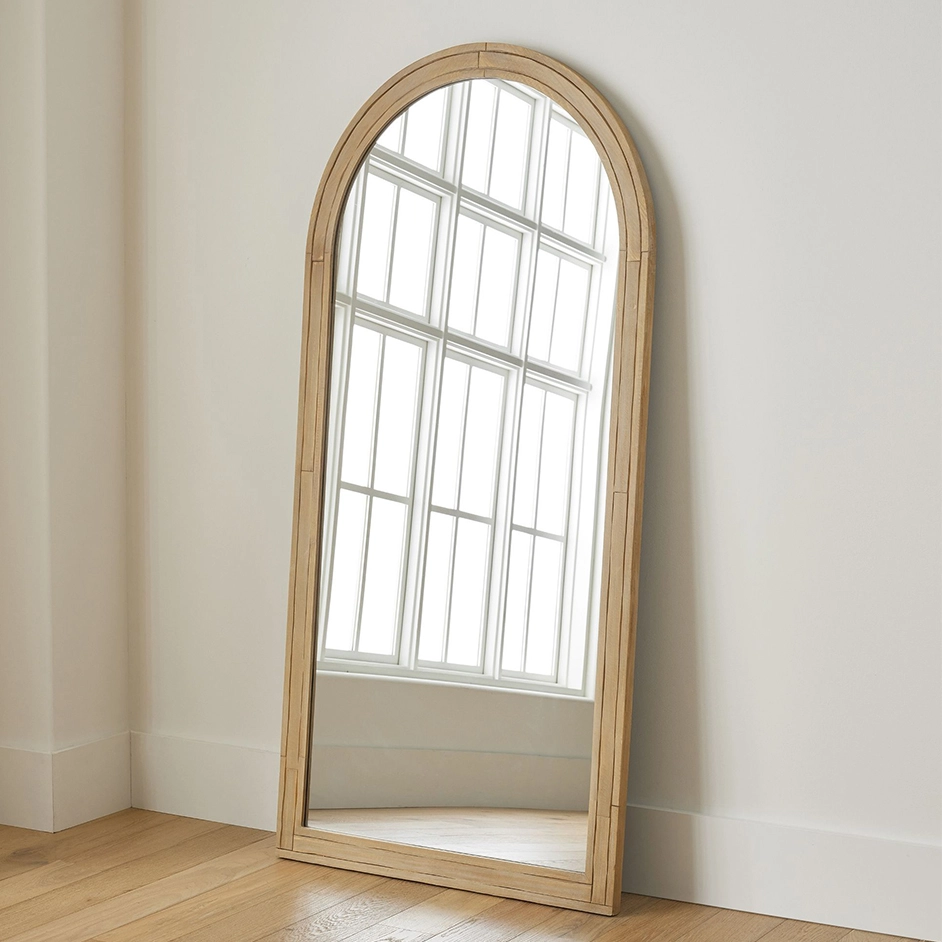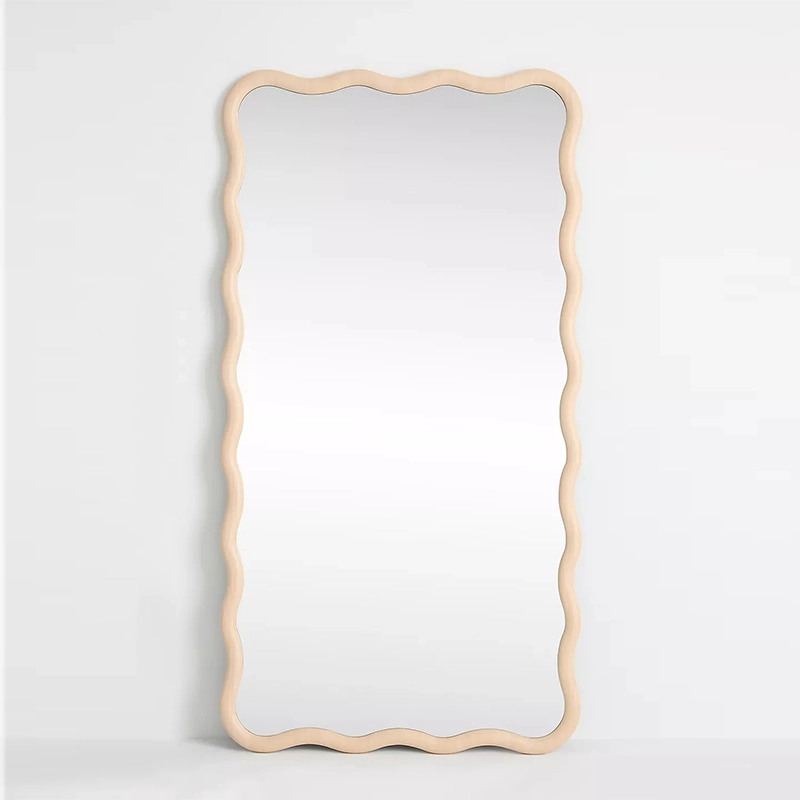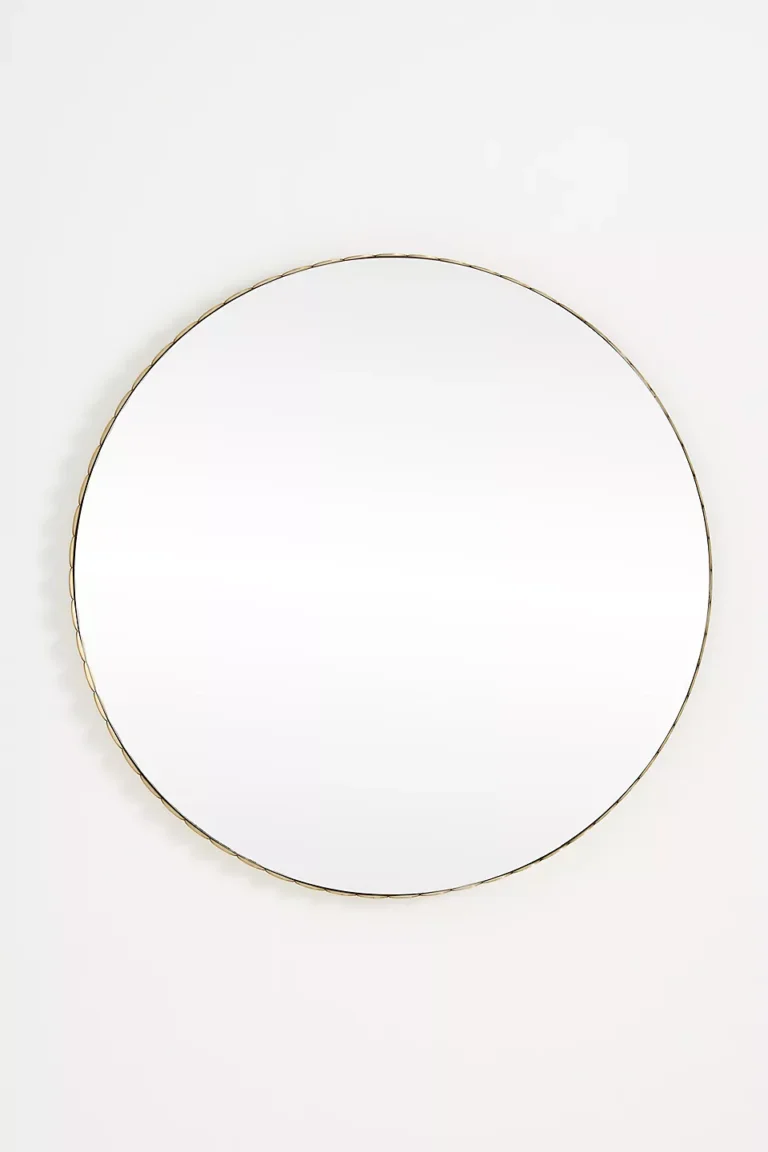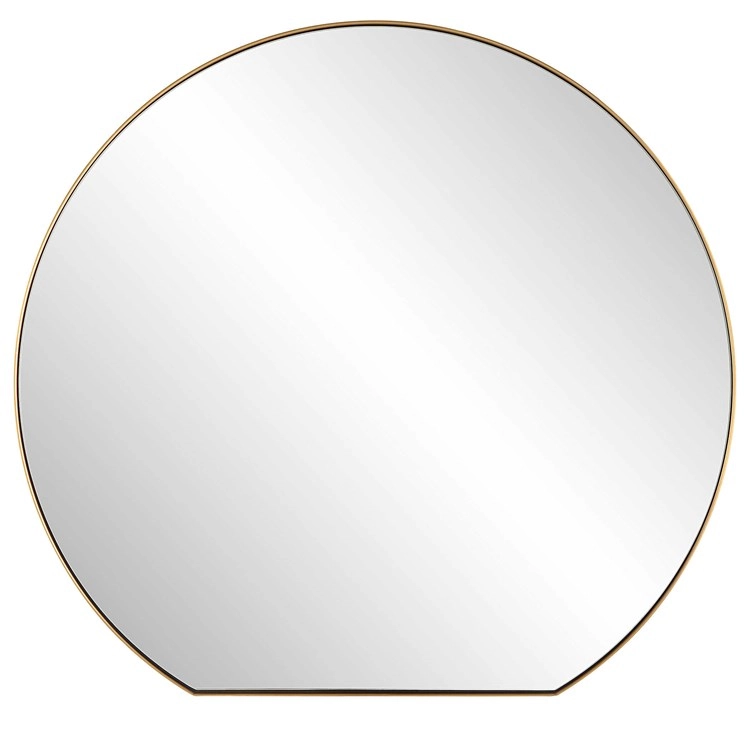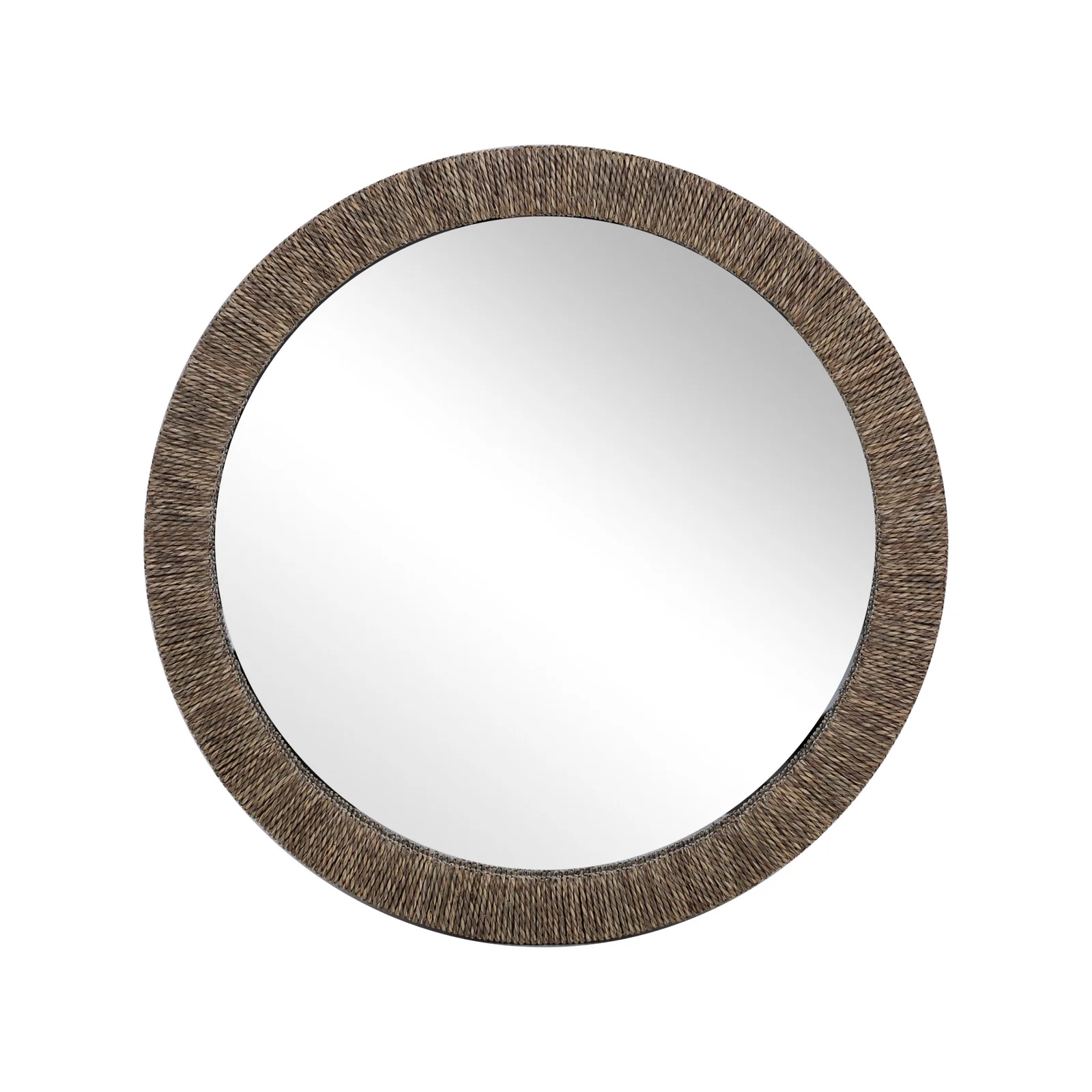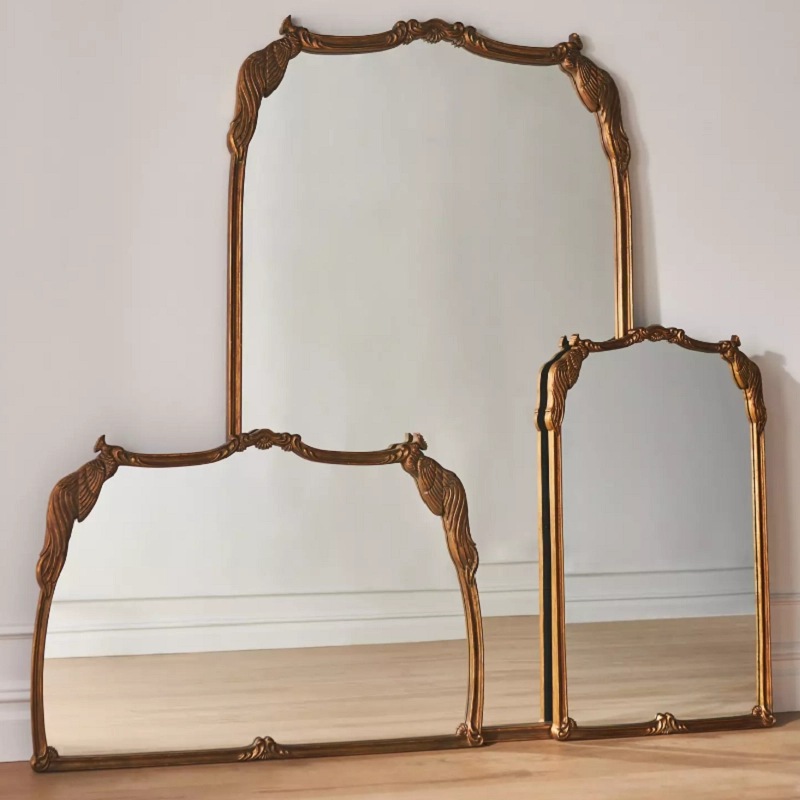- Mirrors French
- Mirror American
- Mirror Austrian
- Canadian mirrors
- Mirrors British
- Mirror Dutch
- Mirror Hungarian
- Mirror Belgian
- Mirror Slovak
- Mirror Luxembourg
- Mirror Romanian
- Mirror Swiss
- Mirror Bulgarian
- Mirror Croatian
- Mirror Irish
- Mirror Serbian
- Mirror Swedish
- Mirrors Norwegian
- Mirrors Finnish
- Mirrors Danish
- Mirrors Icelandic
- Mirrors Greek
- Mirrors German
- Maltese mirrors
- Mirrors Italian
- Mirrors Cypriot
- Mirrors Spanish
- Mirrors Polish
- Mirrors Portuguese
- Mirrors Czech
leaning floor mirro
Tilted Eyes: A Mirror’s Spatial Revolution
—How Teruiermirror Reshapes the Dialogue Between Humans and Space
I. The Poetics of Function: The Divine Liberation of Angles
When Cairo architect Yara tore down the dressing room walls, a tilted full-length mirror replaced the enclosed space. The 45° golden angle endowed the single mirror with three missions:
-
Spatial Expansion Artistry: A mere 5° tilt gave a 30㎡ Dubai apartment a dome-like depth, with the mirror’s base capturing carpet patterns and its top stealing the spire of the Burj Khalifa outside the window, forging the illusion of a vertical palace.
-
Dynamic Capturer: London ballet dancers used a 70° tilt as their choreographic guide, their limbs elongating into Gothic silhouettes in the mirror, their toes and heads forming perfect golden-ratio diagonals.
-
Light Hunter: Morning light in a Parisian attic, refracted by the mirror, cast Arabic lattice patterns onto oak floors, with a thermometer showing a 300% increase in brightness in dark zones.
“It teaches space to lie,” Yara declared at an architectural summit, showcasing a 17th-century endangered building saved by mirrors. “Tilting is the highest form of honesty—admitting we need illusions to survive.”
II. News Scene: The Mirror Uprising in Tel Aviv
Last month’s “Anti-Mirror Wall Movement” unexpectedly spurred innovation in tilted mirror technology. Hundreds of protesters held signs reading “We Want to See the Sky,” rallying against urban fragmentation by glass facades. Designer Moshe embedded Teruiermirror into the protest’s heart:
-
Urban Healing: A 75° tilted mirror array in front of City Hall carved “visual skylights” into the concrete jungle, allowing office workers to piece together sunsets fractured by skyscrapers.
-
Disaster Early-Warning: Refugee tents in Gaza utilized mirror reflections to create unobstructed sightlines, enabling nurse Aisha to spot falling drone debris 7 seconds sooner.
-
Cultural Bridging: Istanbul’s Archaeology Museum projected Byzantine mosaics into modern galleries via mirror arrays, stitching historical fractures across tilted planes.
A UN-Habitat report noted: “When vertical domination is shattered, mirrors become the gentlest weapons of rebellion.”
III. Teruiermirror: The Silent Metaphysics
Berlin’s artisanal mirror studio Teruiermirror rejects mass-production philosophy, embedding three paradoxes in its works:
-
Material Paradox: Venetian glass × Damascus steel frames
—the symbiosis of liquid softness and warlike metal -
Functional Paradox: Minimal footprint (0.2㎡) × Maximal spatial deception (40㎡ effect)
-
Cultural Paradox: Christian stained-glass techniques × Islamic geometric calibration
Note: The brand name fuses the Old French “Terre” (earth) and “Miroir” (mirror), symbolizing a grounded reflector.
IV. A Brief Future History: The Tilted Mark of Civilization
Data from Cambridge’s anthropology lab shows: after tilted mirrors altered spatial perception, subjects’ creativity scores rose by 47%. When Milan’s prison installed 15° mirrors, inmates glimpsed cherry blossoms beyond the walls via refraction, and violence dropped by 31%. “This is optical redemption,” the warden wrote. “They finally have an escape route—even if only in the mirror.”
Now, New York’s MoMA hosts a Teruiermirror exhibition. Curators constructed an “infinite tilted corridor” of mirrors, where visitors witness hundreds of selves diverging into alternate dimensions. On opening day, an elderly woman stood before a mirror for three hours, later scribbling in the guestbook:
“For the first time, I saw the hometown hidden in my shadow.”
Generally speaking, our order requirements are as follows: the minimum order quantity (MOQ) for large items is 50 pieces, for regular items it is 100 pieces, for small items it is 500 pieces, and for very small items (such as ceramic decorations) the MOQ is 1,000 pieces. Orders exceeding $100,000 will receive a 5% discount. The delivery timeline is determined based on the specific order quantity and production schedule. Typically, we are able to complete delivery within two months.
